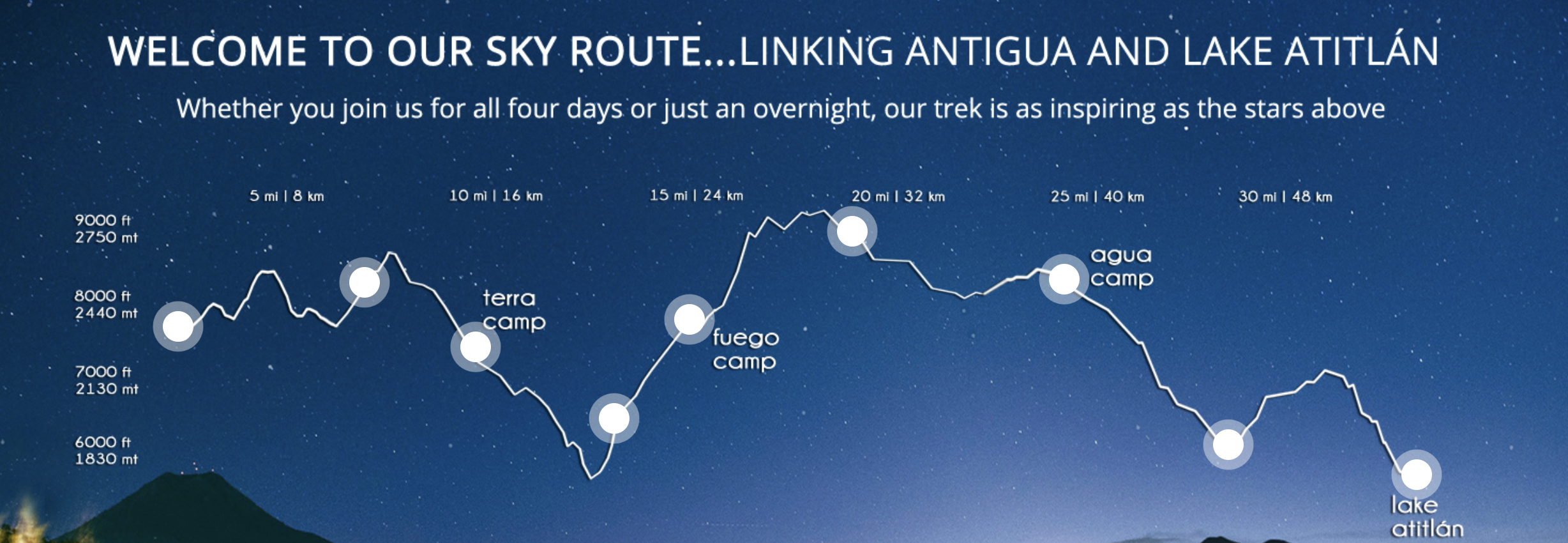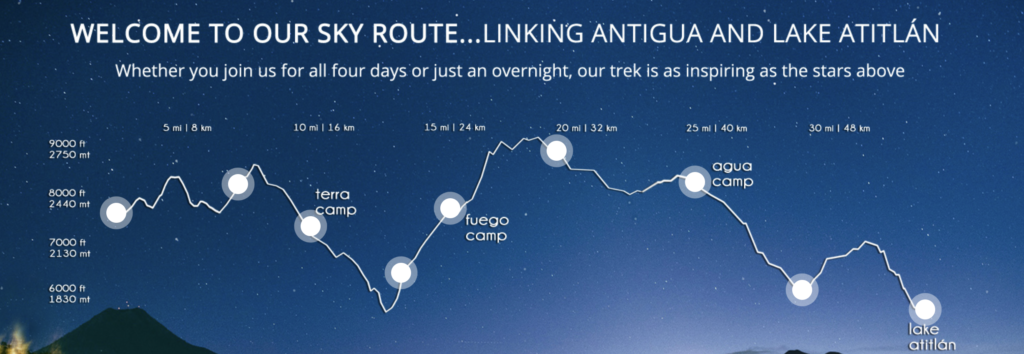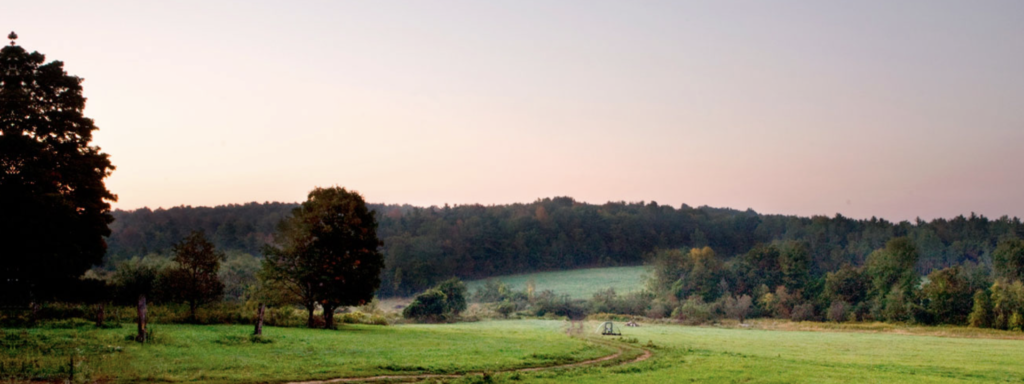
Part 2: Is Regenerative Travel a New Era In Tourism?
This is part two of Solimar’s blog series highlighting well-known and lesser-known destinations around the world that are practicing regenerative tourism. Click here to read part 1.
The concept of “regenerative” travel has emerged as way for the tourism industry to reimagine its role in the communities and ecosystems upon which it depends. The term itself borrows principles from regenerative agriculture that embraces natural systems as the solution, in which it not only “does no harm” but actively regenerates and revitalizes the soil through its practices, producing positive outcomes for communities and economies. As discussed in the Future of Tourism Coalition’s recent report, Covid-19 has been devastating for the travel industry, but the one thing is has given us is time. Tourism leaders from destinations across the globe have spent a year reevaluating their assets and offerings, deciphering how to usher in a new age of travel that not only sustains, but also enhances culture, economy and the environment.
Regenerative tourism engages governments, tourism organizations, businesses, visitors, and most importantly, local residents, in developing a new form of placemaking with an end goal of community betterment. Solimar has always prided itself on being a world-leading sustainable tourism consultancy that incorporates regeneration into all of its projects.
Below are some examples of destinations and organizations celebrating regenerative tourism methodologies, as told by the Solimar team.
Derek Schimmel
Our muscles ached and every layer of clothing seeped with dew from the cloud forest, but we had arrived at our destination for the night: Pachute, Guatemala. After a short-time relaxing in our individual canvas tents that had been put-up by the organization’s local staff, our group of five trekkers (representing three countries) gathered around the just-constructed table to enjoy dinner cooked by the residents of this small agricultural community of roughly 120 families. A hodgepodge of music blared through the open-roofed, three-walled cement structure adjacent to camp while in the distance Volcán de Fuego erupted, leaving flumes of lava and smoke sparkling through the night sky. It was at that moment, at the tail-end of Trek Guatemala’s second day of a four-day trek between Antigua and Lake Atitlán, that I came to understand that a tangible link between tourism and community regeneration does in fact exist. Trek Guatemala has developed a tourism attraction that puts the economic and cultural preservation of the often-forgotten communities of Guatemala front-and-center, without sacrificing its ability to offer a once-in-a-lifetime travel opportunity.

Nino Chkhaberidze
I never knew horses were such smart, sensitive animals, and that they could be such amazing partners to their rider. Once you start your journey you feel so calm and free, appreciate your surroundings, you can simply slow down and enjoy the whole experience.
One of the important parts of equestrian tourism is that it allows the travelers to be closer to nature and therefore feel themselves as a part of the environment. Each horse has its own character; they make friends with each other, get to know the rider and express emotions. The characteristics of each horse is of great importance when choosing them to use them for horse tourism. The horse should not strain the traveler and should allow them to feel comfortable. Equestrian, or horseback riding, tourism is a part of eco and rural tourism and is especially good for nature, and thus can be considered as a part of regenerative tourism as well. This activity does not pollute the environment, does not require intensive use of resources and is essential for the development of sustainable and responsible tourism. Strengthening this regeneration in the tourism sector has a positive effect on both the environment and people interested in horseback riding, and has also created an avenue of additional income for local communities.

Marco Ramazzotti
A few years ago, I would have never thought that you can visit a place and leave it in a better state than before you arrived. But then I moved to Copenhagen and found that not only is regenerative travel possible, but it can be developed everywhere with the right mindset. Among the most eco-friendly capitals in the world, Copenhagen is constantly broadening the discussion of sustainability and rethinking tourism development by creating new opportunities for responsible tourism. This is the case of GreenKayak, which rents out kayaks FOR FREE in exchange for picking up trash along the way. All my friends that did it were ecstatic about the experience, as it was not only an amazing alternative to see the city, but it made us feel like a true ambassador of the destination that were actually contributing to the critical job of reducing water pollution. The idea has quickly gained a widespread success, so much so that it is now possible to do the same in a few other cities in Northern Europe. For more info check out their official webpage and find out where you can rent a free kayak and help clean the waters.
Abrafi Ahmed
The private beaches of Mombasa in Kenya are conserving and improving the environment by adopting and promoting lifestyles that focus on the restoration of the environment by planting more trees, working with communities to improve their quality of life, and protecting the natural resources from overexploitation. I learned about the future of tourism and responsible tourism by interacting with the management of the Kizingo private beach.
Natalie Sellier
Almost a full year into COVID lockdown, I often find myself daydreaming about nearby destinations where you can combine a getaway with an incredible dining experience. One such place towards the top of my bucket list is Blue Hill Farm, which immediately came to mind as a place that has grounded itself in regenerative travel and agriculture. Opened in 2004, Blue Hill at Stone Barns is unlike any other restaurant. It’s a farm, first and foremost, that sits on 80 acres of land that also houses the Stone Barns Center for Food and Agriculture, a nonprofit dedicated to shaping an ecological food culture that puts the planet-protecting efforts of farmers front and center. A true escape situated about 30 miles north of Manhattan, their thinking is pushing the boundaries of sustainable farming and the farm-to-table movement they helped create. This restaurant aims to utilize almost every component of the produce and livestock raised on their farm alongside the idea that great cooking means finding the most inherently flavorful and functional versions of ingredients possible. This partnership between a nonprofit education center and a restaurant is also rare, and together they have collaborated with breeders to update and create extraordinary new varieties of produce that are elevating vegetables to the highlight of the meal. Many of the great restaurants of our time have revolutionized how customers think about eating, and Blue Hill appears to be no exception. Through teaching visitors about the land and feeding them an incredible meal while doing so, they are truly elevating the idea of what a regenerative experience can and should be.

Prior to Covid-19 putting halt to travel globally, popular destinations were experiencing high-numbers of visitors that altered resident sentiment towards tourism. In European cities like Barcelona, Venice and Amsterdam, overtourism became a key phrase that created a sense of loss identify (and ballooning rent prices) for the people that called these places home. On the open-seas, cruise ships increasingly polluted the air and the waters in which they sailed upon, and recent research has shown that the economic livelihood of port destinations suffered when these ships unload thousands of passengers onto their shores.
The practice of regenerative tourism can act as the catalyst to alleviate the pressures being put on the environment and cultural wellbeing of destinations around the world. As an industry, we’ve had a year to re-analyze our travel systems, products and services, and as guests begin again flocking to cities, beaches, mountains, and rural destinations domestically and internationally, it is important – nay, vital – that they do so in a responsible manner that enhances and enlightens.
After all, no matter where you venture out, it is the people that make the place.
—
‘Like’ Solimar International on Facebook and follow us on Twitter for the latest trends in tourism and regenerative travel.
